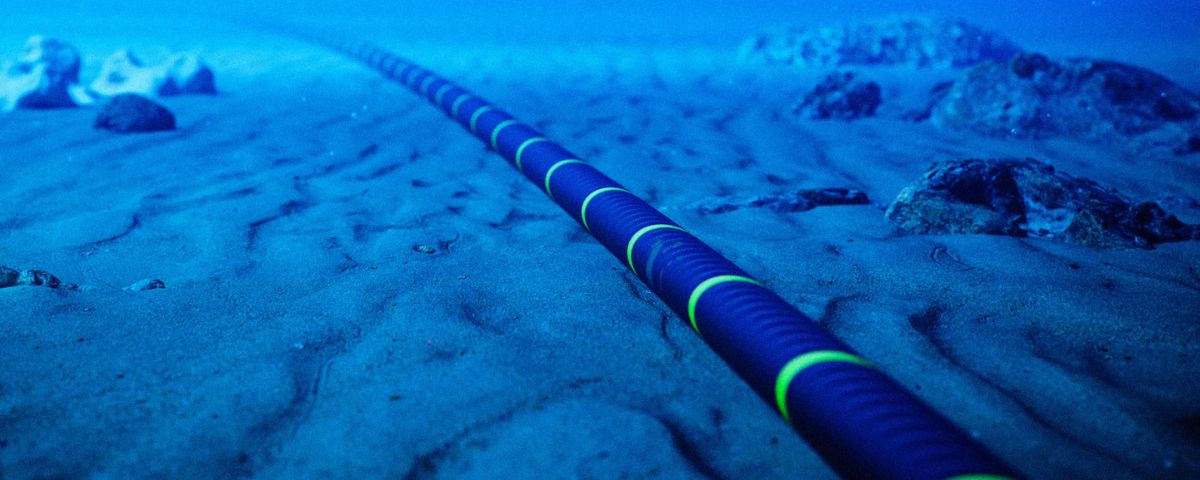
In recent days, three crucial undersea cables linking India to global telecom networks — Asia-Africa-Europe-1, Europe India Gateway, and Tata Global Network — have suffered damage, possibly due to targeted attacks. This development has compelled major telecom operators like Bharti Airtel Ltd., Reliance Jio Infocomm Ltd., and Tata Communications Ltd. to redirect their traffic through alternative cable systems.
The impairment of these undersea cable systems, located in the Red Sea amid ongoing conflicts, underscores the significant vulnerabilities in India’s internet and overseas telecom connectivity infrastructure. The situation needs immediate attention, especially considering the potential repercussions if further infrastructure in the region is affected. While Bharti Airtel and Reliance Jio declined to provide comments, Tata Communications stated that it is closely monitoring the situation and has initiated necessary remedial measures.
Impact and Remedial Measures
Despite the cable disruptions, industry experts anticipate minimal impact, as traffic can be rerouted through alternate systems. Tata Communications reassured that its network backbones and protected services remain unaffected by the incidents.
Choke Point and Regulatory Constraints
These cable disruptions highlight a choke point in subsea connections between Europe and Asia, with India facing particular vulnerabilities due to its limited connections to such cables and stringent regulatory limitations on expanding the country’s submarine cable industry. Sunil Tagare, a former telecom industry executive, expressed concerns over India’s regulatory environment, labeling it as one of the most challenging jurisdictions for building undersea cable systems. He cited strict ownership rules, costly surveillance requirements, and other regulatory barriers hindering investments in subsea cable infrastructure.
India’s major ports, including Mumbai and Chennai, host submarine cable landing stations where these cables connect to the country’s internet. However, regulatory hurdles, including ownership restrictions and surveillance mandates, pose significant challenges for companies seeking to invest in subsea cable infrastructure. Despite Mumbai and Chennai hosting multiple cable systems, regulatory constraints impede the development of redundant backup systems, leaving India vulnerable to potential disruptions in critical telecom connectivity routes.



